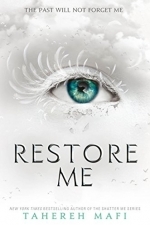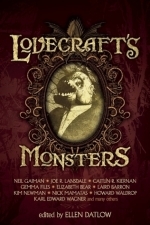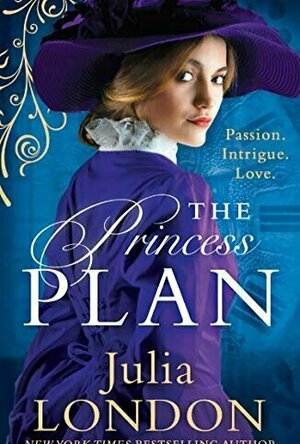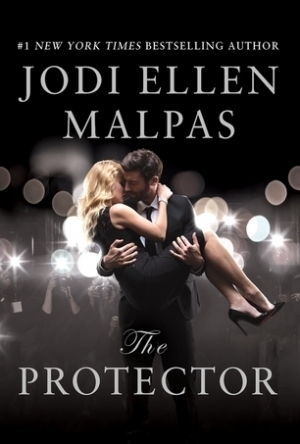Ivana A. | Diary of Difference (1171 KP) rated The Princess Plan (A Royal Wedding, Book 1) in Books
Oct 5, 2020
<a href="https://diaryofdifference.com/">Blog</a>; | <a href="https://www.facebook.com/diaryofdifference/">Facebook</a>; | <a href="https://twitter.com/DiaryDifference">Twitter</a>; | <a href="https://www.instagram.com/diaryofdifference/">Instagram</a>; | <a
<a href="https://ko-fi.com/diaryofdifference">Ko-fi</a>;
#1 <a href="https://www.goodreads.com/review/show/3099410597">The Princess Plan</a> - ★★★
#2 <a href="https://www.goodreads.com/review/show/3361072334">A Royal Kiss and Tell</a> - TBR
<img src="https://i0.wp.com/diaryofdifference.com/wp-content/uploads/2020/09/Book-Review-Banner-85.png?resize=768%2C432&ssl=1"/>;
I received The Princess Plan by Julia London from the amazing team at Mills & Boon. This is the first book in the series A Royal Wedding.
Historical romances are a hit or miss for me, and this one didn’t really hit the mark like I wanted it to. Prince Sebastian of Alucia is on his visit in London, when his personal secretary is murdered.
And a murder such as this one creates a very big buzz in London’s high society. When a scandal like this occurs, it’s all anyone talks about, including Eliza Trickelbank, who happens to own a gossip gazette.
When her gazette receives an anonymous tip off about this crime, Prince Sebastian has no choice, but to work with her in order to solve the mystery of his friend’s murder.
With a trade deal on the line and a pressure to find a noble bride, there is nothing more dangerous than a prince socialising with a commoner. They can’t seem to agree on anything, and find each other frustrating, but the temptation between them becomes harder and harder to be ignored.
<b><i>My Thoughts:</i></b>
I loved the Cinderella vibe around this book, and the trope of prince meets commoner. I also enjoyed the trope of enemies becoming lovers. Even though, in this case, it was more of a forbidden temptation meets annoyance that turns into affection.
I liked Sebastian as much as I disliked Eliza. Everything that annoyed me about her, he somehow managed to compensate for. She was trying very hard to be independent, but instead, she gave up a vibe that was almost unbearable and very insecure. With Sebastian I loved the dilemma between country vs heart, which I assume many nobles, especially during that time in England felt. I am sure that many of them sacrificed their love just to do right by their country.
I found the gazette excerpts quite funny at times, and very enlightening. They take you into a whole new world, where you feel as if you’re there, getting ready for a ball, or reading about the latest gossip of the nobles. The writing style matches the time setting perfectly. I think Julia London did an amazing job when it comes to that. Here is an excerpt that really made me giggle:
<b><i>“New information suggests that if a lady wishes to enjoy a romp without consequence, trotting a horse briskly the day after the romp should remove said consequence.”</i></b>
To conclude, I enjoyed The Princess Plan, but it wasn’t a favorite. The writing was beautiful and I am sure this will be a favorite for people that love historical romances. The only reason I didn’t love it is because of Eliza’s character and the tropes that I have already seen before.
Rachel King (13 KP) rated Frostbite in Books
Feb 11, 2019
Despite how Rose views Adrian, I actually rather like him. There is always something attractive about the flirty-jokester that entices women - afterall I don't know a woman who doesn't like to laugh. It's obvious that he really likes Rose and I find myself feeling sorry for him since Rose is definitely taken, even if not in the literal sense yet. Mason really ends up in the worst position, though, even if I don't include what happens to him in the end. Rose all but lies to him while he falls for her hard, all the while being the perfect gentlemen. In a way, Mason and Adrian are opposite in styles, and yet Rose is blind to both - not that I blame her, as she likes to say, "Dimitri is a badass." Why is it that female protagonists always seem to have hords of guys going after them? (Think - Twilight saga, Rachel Morgan series, Mercy Thompson series, House of Night series, etc.)
I wish that Rose's nazar could be explained a bit more, as there seems to be more to it than anyone is discussing. Adrian knows things that he is not spilling, and Janine sure is tight-lipped about most of her life, excluding what she does in the line of duty.
Brandy Bentley (3 KP) rated The Protector in Books
Jan 26, 2018
This book has all the things I love about romance novels:
sexy alpha male
feisty heroine
angst
steamy sex
There’s also some mystery/suspense as an added bonus.
Jake Sharp is a former soldier who suffers from PTSD after both a personal tragedy and an op gone wrong. Jake now works for a security agency, which is how he meets our heroine, Camille, who is in need of a bodyguard.
Camille Logan is known in the tabloids as a model and party girl, but Cami is not what the press paints her as. She’s an intelligent, level-headed girl who is partnering up with her BFF, Heather, to launch a clothing line. Cami is struggling to get from under her extremely wealthy and overbearing father’s thumb.
Both characters are struggling with the aftermath of personal tragedy. Cami’s backstory is pretty readily explained, but Jake’s backstory is only hinted at initially, and we don’t see the full scope of events until closer to the end of the book, so we’re left guessing as to what has made him who he is. It’s a fun ride, though, and we get to watch Jake transform from this cold, terse man into a big ol’ teddy bear thanks to Cami. I mean, that whole scene in the English bluebells? That shit is fucking romantic!
If you’re not already a JEM fan, I propose you go make yourself one. Other books by JEM:
This Man series
One Night series
The Forbidden (I have not read this one yet, but you can bet your sweet ass that I will.)
FYI: Word on the interwebs is that PassionFlix has optioned The Protector for a film and the This Man series for a tv series.

Restore Me: Shatter Me Book 4
Book
The book that all SHATTER ME fans have been waiting for is finally here. The fourth incredible...
science fiction fantasy young adult

Lovecraft's Monsters
Book
This deliciously creepy and loving tribute to the master of modern horror features riveting...
Short stories lovecraft horror sci-fi

A Sinner in Mecca: A Gay Muslim's Hajj of Defiance
Book
This is the Islam you've never been allowed to see. Daringly reported from its frontlines and...

100 Shakespeare Films
Book
From Oscar-winning British classics to Hollywood musicals and Westerns, from Soviet epics to...

Sygic Europe & Russia: GPS Navigation, Maps
Navigation and Travel
App
The World’s Most Advanced Navigation app, trusted by 125 million drivers. Sygic: GPS Navigation,...

Sygic North America: GPS Navigation, Offline Maps
Navigation and Travel
App
The World’s Most Advanced Navigation app, trusted by 200 million drivers. Sygic: GPS Navigation,...

Sygic GPS Navigation & Maps
Navigation and Travel
App
The World’s Most Advanced Navigation app, trusted by more than 200 million drivers. Whether you...


